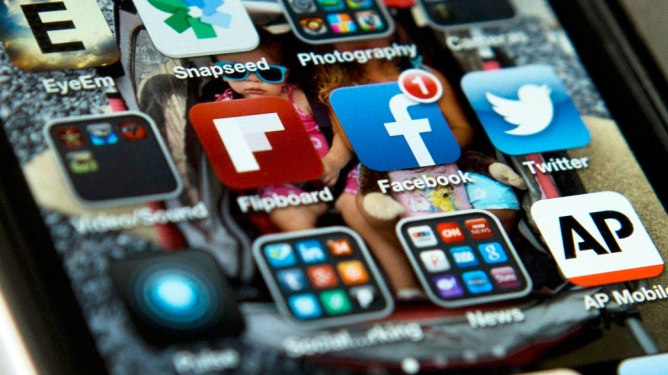While many were expecting Apple to push augmented reality (AR) capabilities as a hallmark feature for its newly introduced iDevices, the company’s focus at this year’s event was elsewhere. Face ID and Animoji took center stage, leaving ARKit as a footnote in the presentation.
The Notable ARKit Announcement
However, Apple did make one notable announcement regarding ARKit: the addition of face-tracking support to the platform on iPhone X. This new feature will allow developers to access front color and depth images from the cameras while tracking face position and various expressions in real-time.
According to Apple CEO Tim Cook, AR is a "big and profound" technology, referencing the excitement among developers for building ARKit experiences. Despite this enthusiasm, the only dedicated onstage demo related to AR at the iPhone event was a tabletop gaming title from Directive Games.
Tabletop Gaming Title Showcases Limitations
The demo showcased similarities with existing VR gaming titles on the market, albeit one anchored in the real world. While Apple touted the new back-cameras on the iPhone X and iPhone 8 as "calibrated for AR," model-specific AR features were confined to redesigned front-facing camera tracking on the iPhone X.
The TrueDepth camera system, which includes an infrared camera, flood illuminator, and dot projector, was demonstrated with some Snapchat selfie filters that tracked well. However, these differences may not be noticeable compared to existing RGB camera face-tracking in the app.
Reasoning Behind Limited AR Features
The reasoning behind Apple’s decision not to include more advanced sensors, such as those found on the back-camera, is likely due to battery concerns and efforts to maintain uniformity across supported devices. Sticking with plane detection will allow developers to build one-size-fits-all experiences for ARKit while users can engage in multi-player experiences.
ARCore: A More Accessible Alternative
Last month, Google took the wraps off of ARCore, a more bare-bones version of its Tango smartphone AR platform. ARCore gets rid of the stringent hardware requirements on Tango, aiming to get the platform onto more devices. In preview, ARCore will support the Pixel and Samsung Galaxy S8; at wide launch, Google claims it will be available on 100 million devices.
Apple’s Scale: A Key Advantage
While Apple’s scale is not a guarantee of success in the AR market, its sheer device count (400-500 million devices when iOS 11 goes live) may give ARKit an edge over competitors. The question remains whether this advantage will translate into a more engaging and innovative AR experience for users.
AR: A Growing Interest
The growing interest in augmented reality is undeniable, with both Apple and Google investing heavily in their respective platforms. As the tech industry continues to evolve, it’s clear that AR has the potential to revolutionize various aspects of our lives. However, as we’ve seen, implementing these technologies is no easy task.
Key Takeaways
- Apple’s focus on Face ID and Animoji overshadowed ARKit in its latest iPhone event.
- ARKit will gain face-tracking support on iPhone X, but the implementation may not be significantly better than existing RGB camera face-tracking.
- The limitations of Apple’s current AR features are likely due to battery concerns and efforts to maintain uniformity across devices.
- Google’s ARCore offers a more accessible alternative with lower hardware requirements.
- Apple’s scale could give ARKit an edge over competitors, but it remains to be seen whether this advantage will translate into innovative experiences for users.
The Future of AR
As the augmented reality market continues to grow, we can expect to see significant advancements in technology. Companies like Apple and Google are investing heavily in their platforms, aiming to create immersive and engaging experiences for users.
However, as we’ve seen with ARKit’s limited features, implementing these technologies is no easy task. The industry must balance innovation with practical considerations, such as battery life and device compatibility.
Conclusion
While Apple’s iPhone event may have left some disappointed by the lack of emphasis on ARKit, the company’s commitment to the technology remains strong. As we move forward in this rapidly evolving industry, it will be exciting to see how AR changes our lives and the ways in which companies like Apple push the boundaries of what is possible.
Related Articles
- Nvidia Backs MetAI: A Taiwanese Startup Creating AI-Powered Digital Twins
- Apple Joins Consortium for Next-Gen AI Data Center Tech
- Synthesia Snaps Up $180M at a $2.1B Valuation for B2B AI Video Platform






